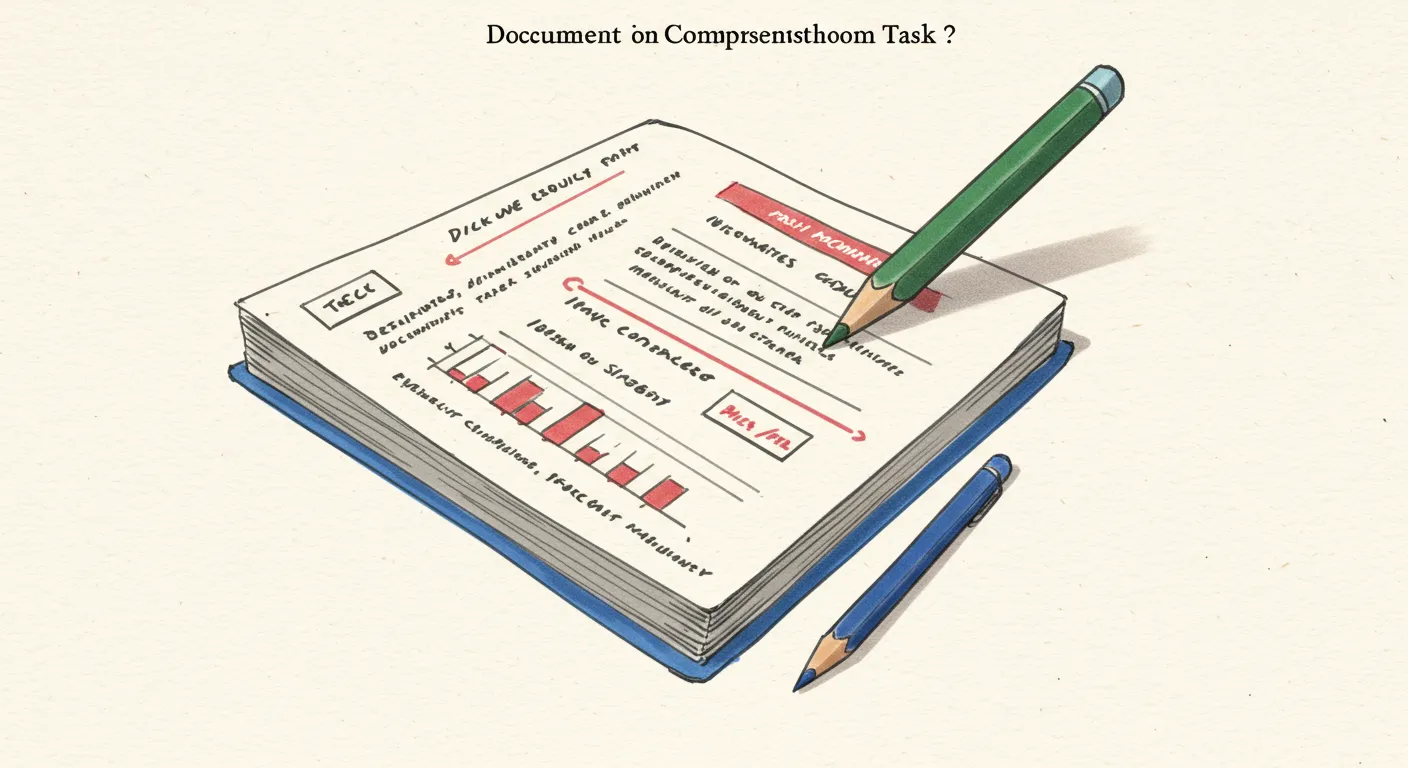When Adi and Arnav, two tech entrepreneurs, got frustrated with AI's inability to comprehend entire PDFs, they did what many developers do: they built their own solution. Morphik isn't just another retrieval tool; it's an attempt to solve the fundamental problem of how AI reads documents.
The core innovation lies in treating each document page as a holistic image, capturing not just text but layout, typography, and visual context. By using Colpali-style embeddings, Morphik can retrieve entire tables, schematics, and diagrams, not just nearby text chunks. This approach allows for more nuanced document understanding across complex research papers, medical reports, and technical manuals.
What sets Morphik apart is its knowledge graph capability. By tagging entities in both text and images, normalizing synonyms, and inferring relationships, the tool can now traverse multiple documents and surface coherent, cross-document answers. Imagine asking a complex query about pharmaceutical research and getting a precise, contextual response that spans different reports.
The project is open-source under the MIT license, with its core API and SDK freely available. While there's a paid UI component, the fundamental technology is accessible to developers and researchers looking to build more intelligent document processing systems.
For those tired of AI tools that only scratch the surface of document comprehension, Morphik represents a promising step towards truly intelligent information retrieval. As online commentators have noted, it could be a game-changer for professionals dealing with complex, multi-page documents.


